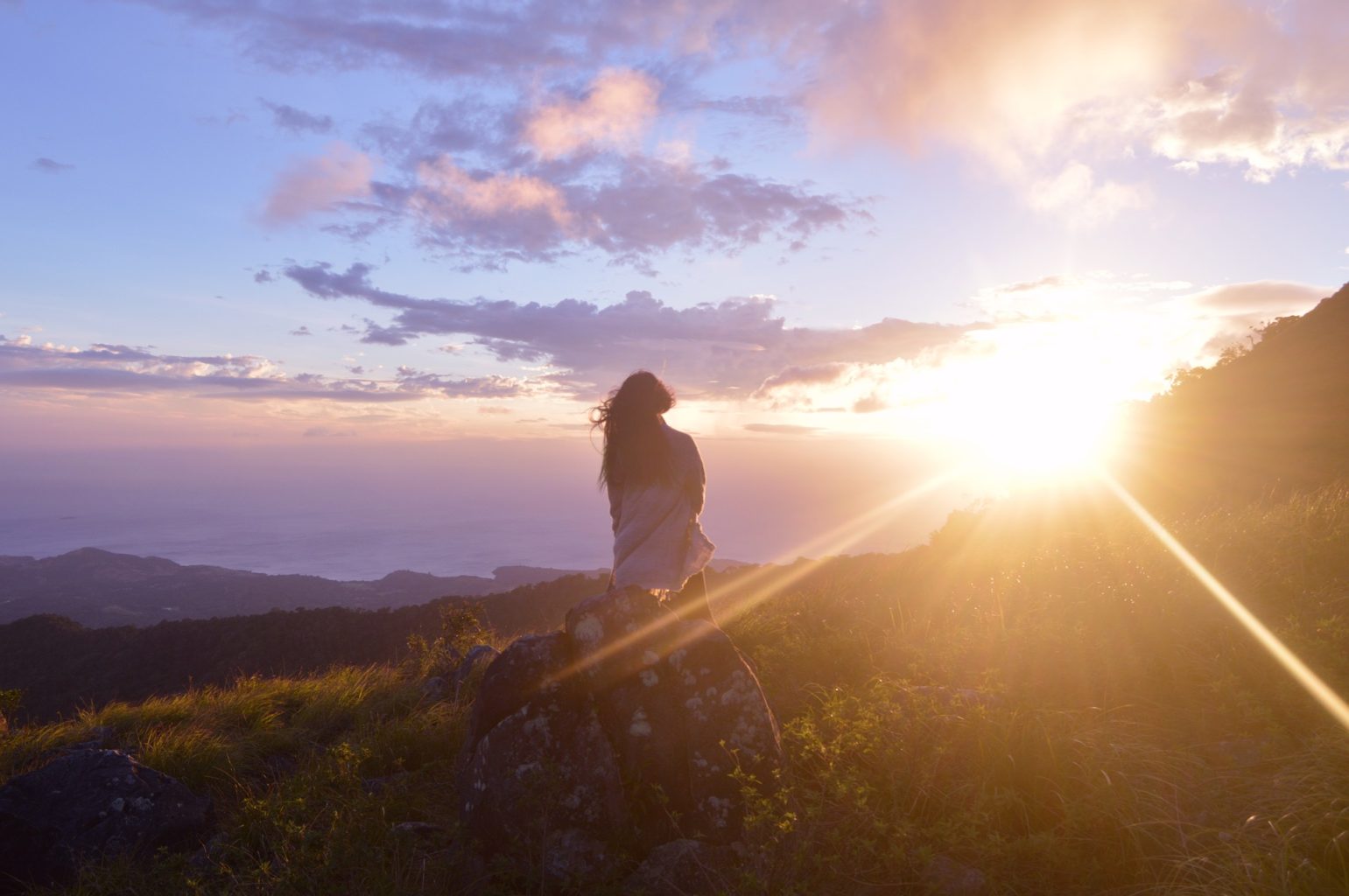Is sunlight the secret to happiness?
As somebody revising for their final exams, it doesn’t take a lot to rile me up. Last week I was a victim of British Summer Time. The clocks went forward and, for the first time in weeks, I woke up in the dark. I got to the library in a considerably worse mood than the previous day, when I had walked to the bus stop enjoying the spring sunshine.
The clocks went forward and, for the first time in weeks, I woke up in the dark.
Sound familiar? Everyone knows sunshine puts you in a good mood, and it’s fairly well documented that waking up to blue skies is easier. Anecdotally I’ve got the evidence above and my dad. Growing up in sun-drenched Kenya has, despite not having lived there for 40 years, left my father in a state of constant irritation at the British weather between the months of November and March.
This is a phenomena known as seasonal affective disorder (SAD). It’s not a new concept, the idea that happiness is season dependant goes back as far 300 BCE in the Yellow Emperor’s Classic of Medicine. It can range from a general irritableness (my dad) to a very serious mental health issue. These days, a connection has been shown between serotonin (the chemical in the brain responsible for happiness) levels and hours of sunshine in a day.
The cause of SAD is still debated by researchers. Leading theories blame a disruption of the circadian clock- the 24 hour clock which our bodies coordinate with regulating hunger, tiredness and energy levels. When the hours of light and darkness get out of sync with our circadian clocks, the body starts producing melatonin (the chemical responsible for tiredness) at the wrong times, leaving people tired and grumpy.
The body starts producing melatonin (the chemical responsible for tiredness) at the wrong times, leaving people tired and grumpy.
In Sweden, some use light room therapy to treat SAD. Here, patients dress in all white clothes and stand under lights, in theory boosting their serotonin levels. Though it has been largely discredited by scientific institutions, those that use it swear by it. Indeed, proving the efficacy of light room therapy is extremely difficult. Medical trials always need a placebo, what could act as a placebo for standing under a light?
As with all issues regarding mental health, SAD is a complex matter with a number of contributing factors. It’s also a difficult thing to investigate. The most obvious route would be studying Norwegian cities in the north that don’t see the sun for months at a time. However, people that live in these cities tend to be able to handle the long months of darkness, giving the researchers a biased sample. Those that can’t handle the endless night flee south.
Sadly, for those of us stuck in the library, fleeing south isn’t an option.
Sadly, for those of us stuck in the library, fleeing south isn’t an option. But we can take steps to make things better. A revision break in the sunshine really will liven you up, it will also alert you to the fact that the ice cream man is now here every day. SAD is generally considered to come from a lack of natural light, and there’s no natural light on floor 3!

Comments